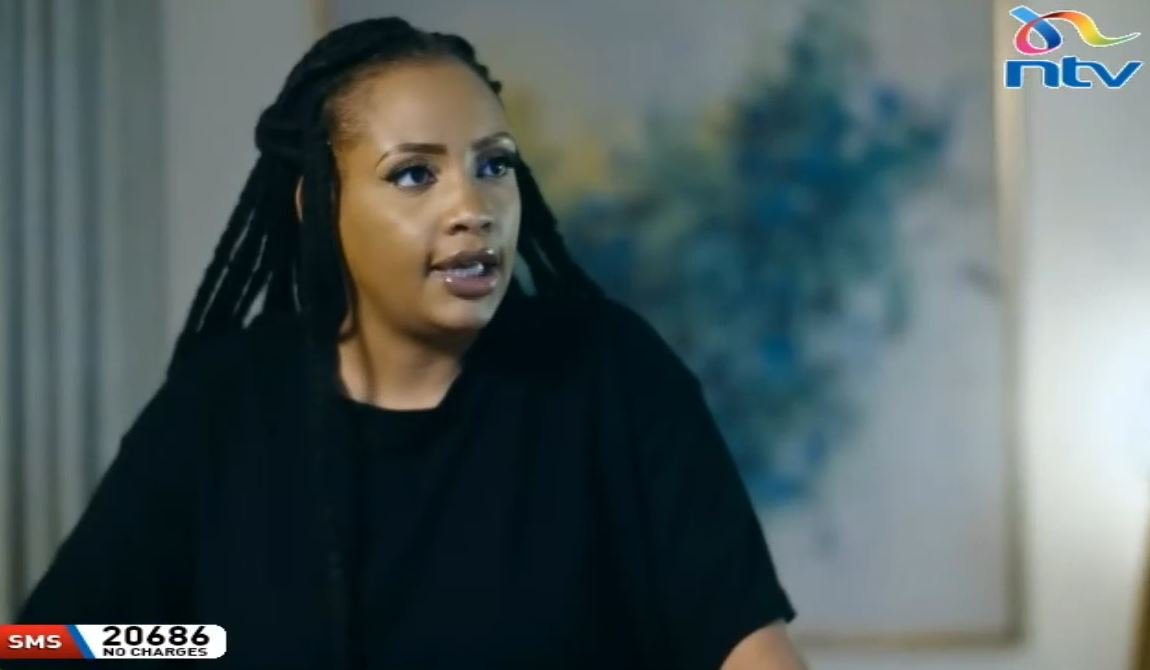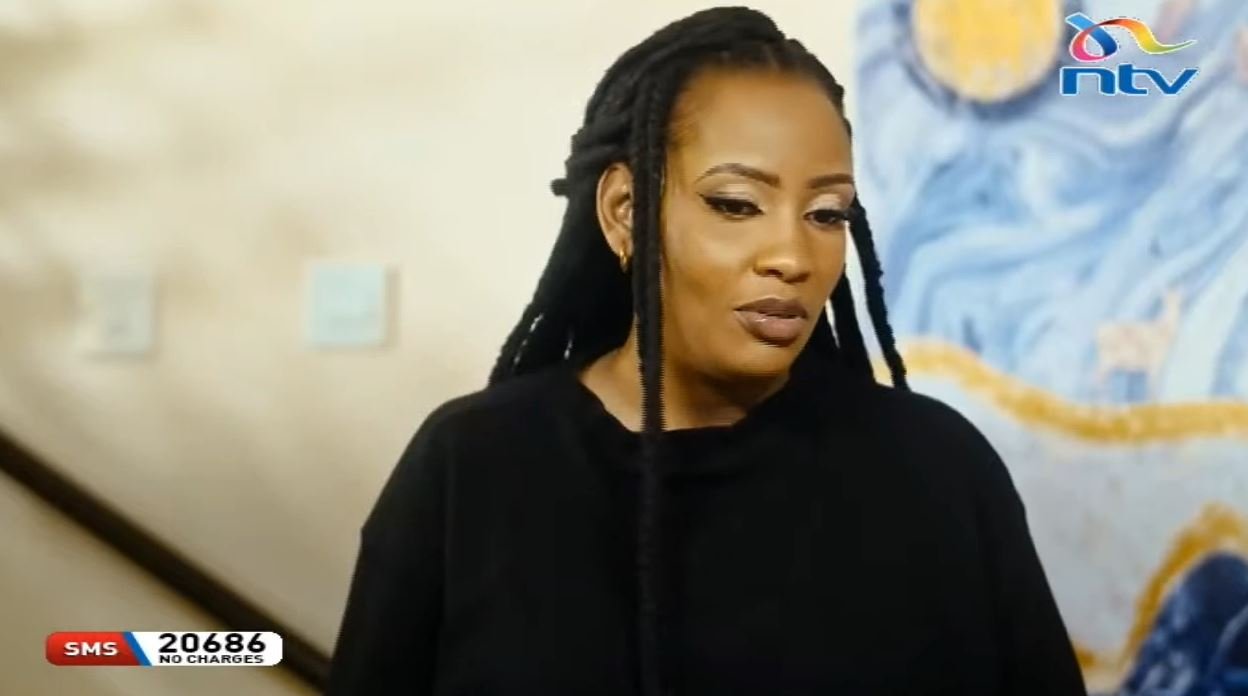Best Portable Small Home Appliances for Apartments in Kenya (2025 Review)
Living in a small apartment or bedsitter in Kenya—common in Nairobi, Mombasa, or Kisumu—means maximizing limited counter space, managing KPLC bills, and choosing portable appliances that are compact, multi-functional, and easy to store. These small home appliances Kenya favorites handle daily needs like boiling chai, blending smoothies, or reheating leftovers without cluttering your 10–20 sqm space.
Popular on Jumia and Hotpoint, brands like Ramtons, Von, and Hisense offer affordable, energy-efficient options (many under 1000W for low bills). This review highlights top portable picks under KSh 15,000 each, based on 2025 prices and user feedback—perfect for singles, couples, or students in tight urban setups.
Why Portable Appliances Are Ideal for Small Kenyan Apartments
Bedsitters often feature tiny kitchenettes with one counter and limited outlets. Portable gadgets are lightweight, cordless where possible, and multi-use—saving space and money (KSh 500–1,000/month on utilities with efficient models). They handle voltage fluctuations (140–260V tolerant) and are easy to move during cleanups or relocations.
Prioritize: Stainless steel for durability in humid coastal areas, low-wattage for solar backups, and Bluetooth/USB for modern touches.
Top Portable Small Home Appliances for Kenyan Apartments
| Appliance | Price Range (KSh) | Key Features | Best For | Top Model Example |
|---|---|---|---|---|
| Electric Kettle | 800–2,500 | 1.7–2L, auto-shutoff, cordless | Daily chai/porridge; fast boil (2–3 min) | Ramtons RF/388 (1.7L) – KSh 1,200; sturdy, wide mouth |
| Blender/Juicer | 2,000–5,000 | 1–1.5L jar, multi-speed, portable base | Smoothies, grinding spices/peanuts | Von VRP 200 (1.5L) – KSh 2,800; chopper attachment |
| Microwave Oven | 5,000–12,000 | 20–25L, grill function, compact | Reheats/defrosts; mini-oven alternative | Ramtons RM/606 (20L) – KSh 6,500; 8 programs |
| Toaster/Sandwich Maker | 1,500–4,000 | 2–4 slices, non-stick plates | Quick breakfast/snacks | Silver Crest 2-Slice – KSh 2,200; defrost mode |
| Single/Double Hot Plate | 1,500–4,000 | Portable electric burner, adjustable heat | Backup cooking during gas shortages | Mika or Ramtons Single – KSh 2,000; compact for counters |
| Mini Air Fryer | 4,000–8,000 | 2–4L basket, oil-free frying | Healthy nyama/chips; low power | Nunix or Von 3L – KSh 5,000; timer control |
| Portable Fan/Heater | 1,000–3,000 | USB/rechargeable, oscillating | Cooling in hot seasons; multi-use | Generic USB Fan – KSh 1,500; desk-sized |
These are Jumia bestsellers—Ramtons and Von lead for value and local service (Carlcare centers).
Detailed Reviews of Must-Have Portable Appliances
- Electric Kettle: Everyday Essential
Compact kettles fit any counter and boil faster than stoves—saving gas. Users love cordless pouring in cramped spaces.
Best Pick: Ramtons 1.7L (KSh 1,200)—boils quietly, auto-off for safety. Ideal for bedsitters with one outlet. - Portable Blender: Versatile Food Prep
Handheld or base models grind ugali flour or blend fruits—store easily in cabinets.
Best Pick: Von 1.5L (KSh 2,800)—pulse for nuts, jar doubles as bottle. Perfect for health-focused solos. - Compact Microwave: Reheat Hero
20L models fit shelves; grill for chapati toasting. Low power (700W) suits token meters.
Best Pick: Ramtons 20L (KSh 6,500)—child lock, quick defrost. Great for leftovers in shared apartments. - Toaster or Hot Plate: Breakfast/Backup Cooking
Toasters for bread; hot plates for boiling eggs/soups when gas runs out.
Best Pick: Single electric plate (KSh 2,000)—portable, thermostat control. Essential for outage-prone areas. - Mini Air Fryer: Healthy Trend
Oil-less frying for chips or chicken—compact baskets store vertically.
Best Pick: 3L models (KSh 5,000)—timer, easy clean. Rising star for young urbanites.
Tips for Buying and Using in Small Kenyan Apartments
- Space Savers → Choose stackable or wall-plug designs; multi-function (e.g., blender with grinder).
- Energy Smart → Under 1000W total draw; inverters for surges.
- Where to Buy → Jumia (deals, returns), Hotpoint (warranties), or local shops for demos.
- Maintenance → Clean weekly; use stabilizers (KSh 1,000) to protect from KPLC spikes.
- Budget Starter Kit → Kettle + Blender + Hot Plate = Under KSh 6,000.
These small home appliances Kenya make tight spaces functional and fun—Ramtons/Von for reliability on budgets. Start with a kettle if upgrading. What’s your go-to? Share below!
NOMA NTV FRIDAY 15TH NOVEMBER 2025 FULL EPISODE









You must be logged in to post a comment.